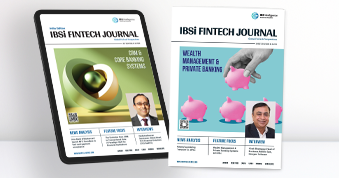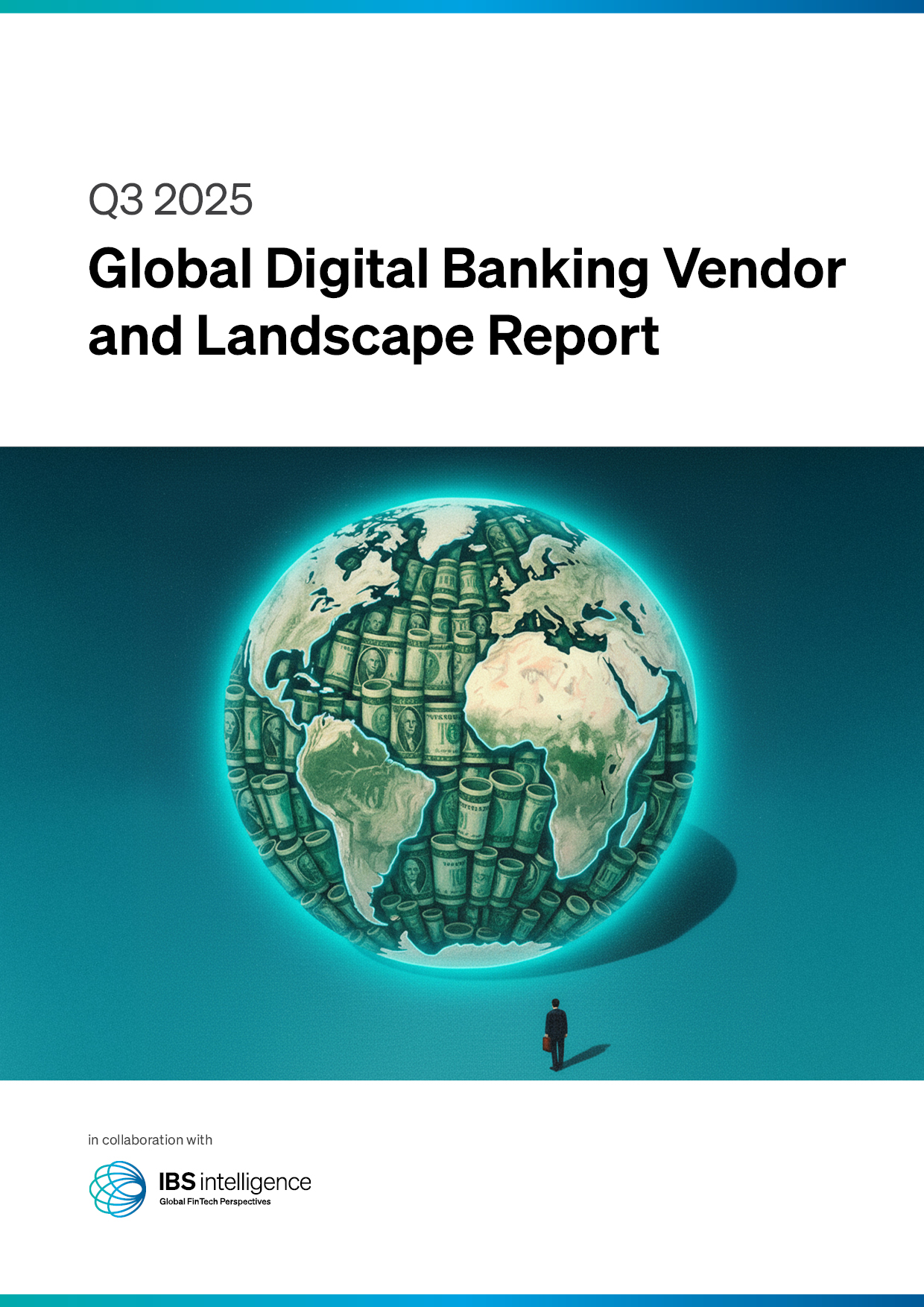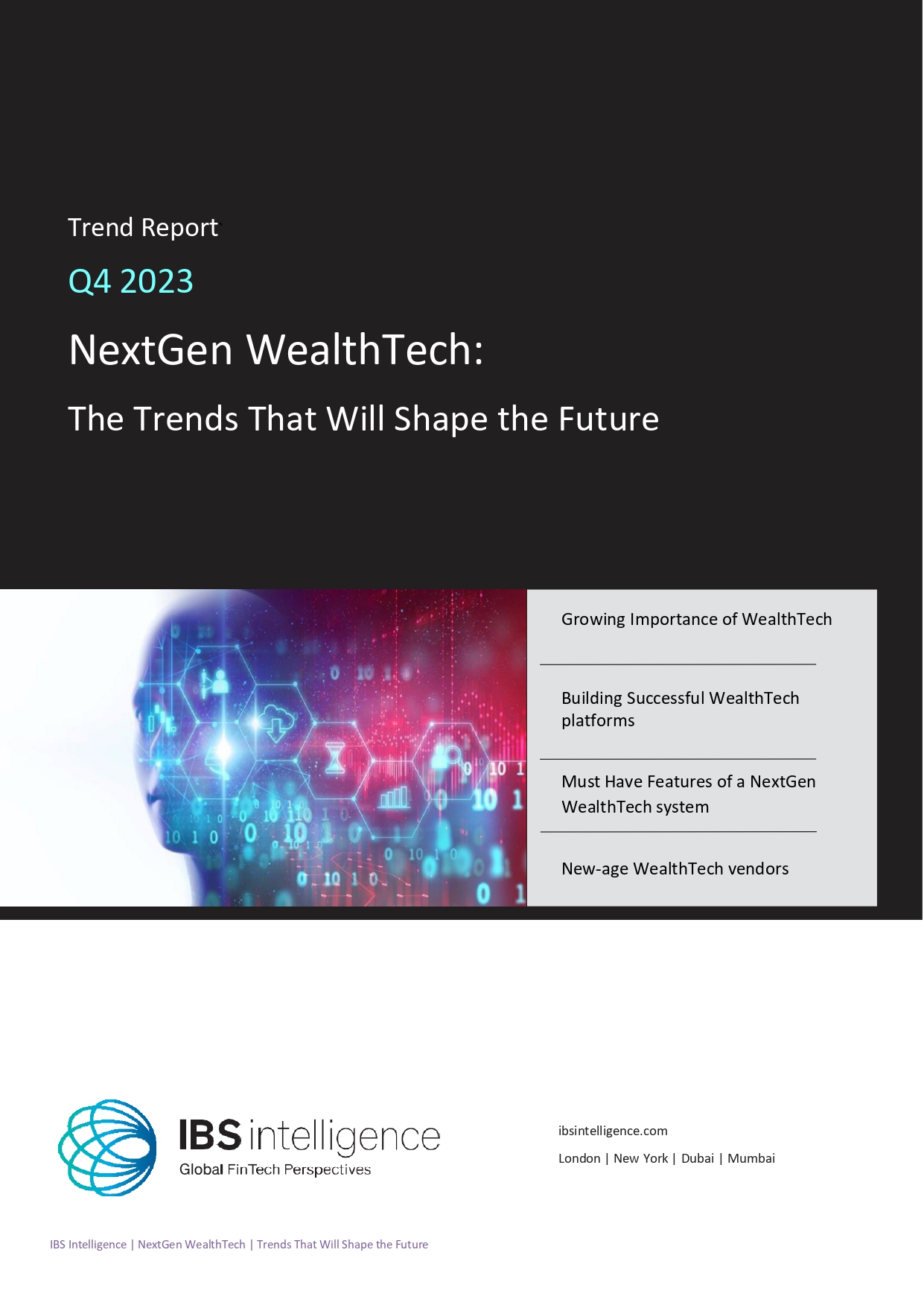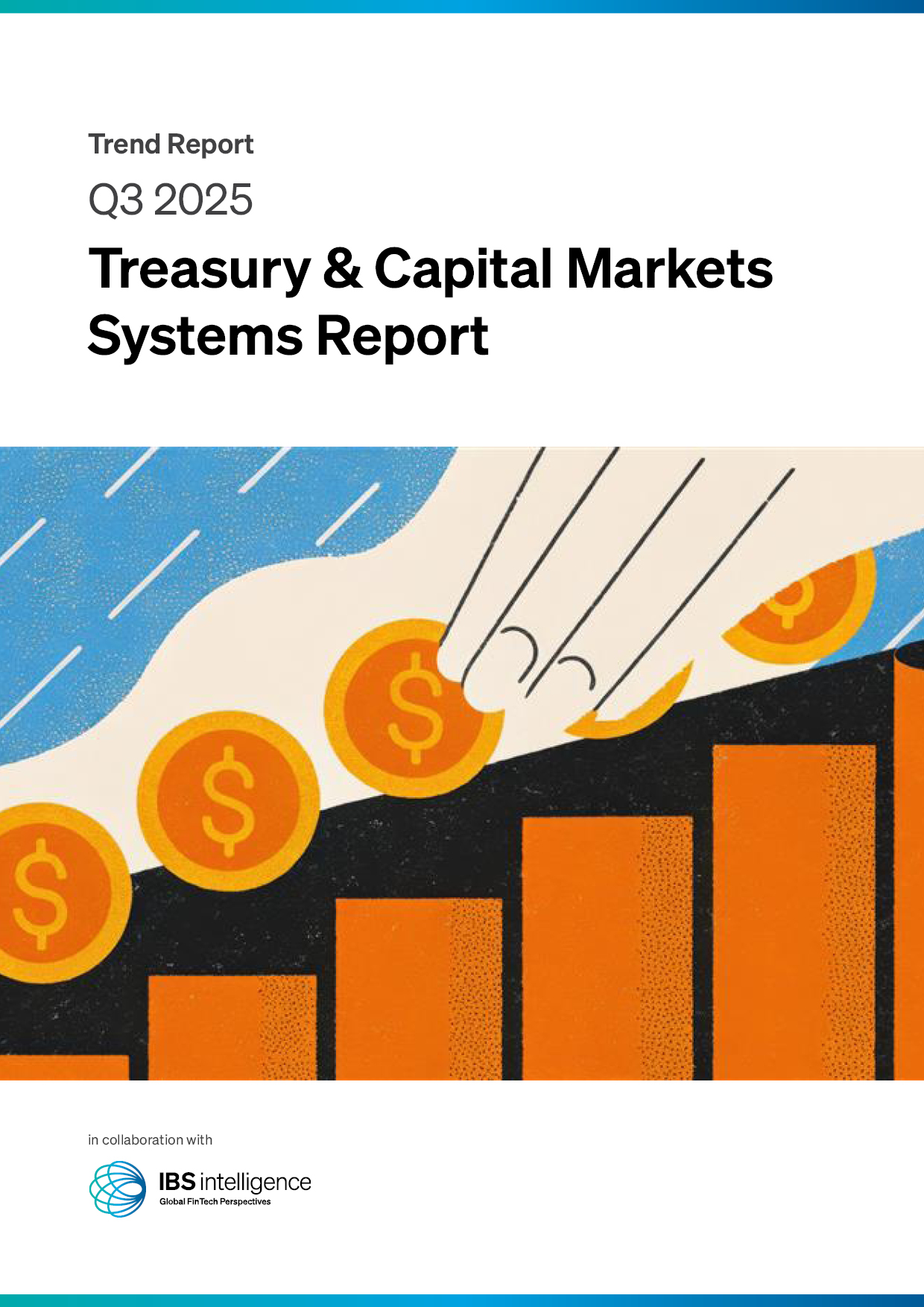 Back
Back
Three lessons banks can learn from SEPA Instant Go-Live

By Pratiksha Pathak, Head of Payments at RedCompass Labs
As of January 9, 2025, every European bank must be able to receive SEPA Instant Payments unless they have secured an extension. This marks a significant shift in European payments, with instant, 24/7 transactions set to become the new standard.
But compliance is just the beginning. Along the way, several lessons and challenges have emerged. Here are the three biggest takeaways for banks:
- A New Approach to Compliance
To meet the 10-second payment window, the regulation removes the need to screen EU sanctions lists for individual transactions if the payment meets the right conditions (EU to EU transfers, for example).
This process, which was a major time drain, is now replaced with a daily screening of the bank’s entire customer base against the EU sanctions list. The screening pre-approves customers for transactions and saves crucial time for banks. However, not all banks have adopted this approach, which creates a bottleneck.
If a bank continues to screen transactions for SEPA Instant payments, any flagged as a potential hit will be automatically rejected to meet the 10-second SLA. With the new rules, there simply isn’t enough time to review instant payments, leading to a big increase in rejected payments.
Given that most sanctions screening hits are false positives—the result of a data-entry error or a customer with a name like a sanctioned individual—they have a big impact on the customer experience.
Banks need to accept that some rejections are part of the system’s design. It is always safer to decline a payment than to risk processing a potentially harmful one. They should focus on customer experience, making sure customers are notified if a payment is rejected and offered an alternative route.
With the recent advances in machine learning and AI, there is a strong chance that you can reduce false positives with targeted matching while maintaining regulatory compliance.
- Transaction limits – or lack thereof
While the SEPA Instant framework sets a €100,000 cap, some corporates are exploring transactions above this. The trouble is that most banks will reject them outright to comply with current rulebooks. This demonstrates two things.
The first is that there is a significant demand for SEPA Instant Payments. The scheme is in its early days, but we are already seeing an appetite for large transactions—an appetite that will only get bigger.
The second is that banks need bilateral agreements in place if they want to process transactions above €100,000. Those who do not support high-value instant payments should clearly communicate their limits to avoid unnecessary rejections.
- The rise in ‘out of hours’ payments
A final lesson is that the volume of ‘out of hours’ payments has been higher than initially expected.
Some banks may have anticipated minimal or no transactions during late-night hours. However, these expectations would be based on assumptions rather than actual management information. Before the scheme went live, there was no reliable way to gauge customer demand for instant payments outside of regular business hours.
The higher-than-expected volume, however, demonstrates a clear and ongoing need for around-the-clock payment services. Combined with the demand for larger transactions, this proves that 24/7 systems are essential. Payment systems must be designed to handle unexpected spikes in demand, regardless of time or day.
Looking ahead
As the SEPA Instant Payments framework continues to evolve, banks must remain vigilant and proactive. The 9th October deadline to send instant payments demands significant system upgrades and comprehensive staff training.
But there is much more to think about. The potential removal of the €100,000 transaction limit introduces new challenges in liquidity and risk management. Banks will need enough cash on hand to handle large, real-time transactions at any hour.
Meanwhile, implementing the Verification of Payee services, designed to prevent fraud and enhance customer trust, comes with its challenges.
By tackling these challenges now, banks can stay ahead of regulatory changes and lead the way in Europe’s instant payments transformation.
IBSi News
Get the IBSi FinTech Journal India Edition
- Insightful Financial Technology News Analysis
- Leadership Interviews from the Indian FinTech Ecosystem
- Expert Perspectives from the Executive Team
- Snapshots of Industry Deals, Events & Insights
- An India FinTech Case Study
- Monthly issues of the iconic global IBSi FinTech Journal
- Attend a webinar hosted by the magazine once during your subscription period
₹200 ₹99*/month
* Discounted Offer for a Limited Period on a 12-month Subscription
IBSi FinTech Journal

- Most trusted FinTech journal since 1991
- Digital monthly issue
- 60+ pages of research, analysis, interviews, opinions, and rankings
- Global coverage
Other Related Blogs
November 24, 2025
The Future of Trust in Insurance: Why Data Verification Is the New Risk Shield
Read MoreNovember 20, 2025






